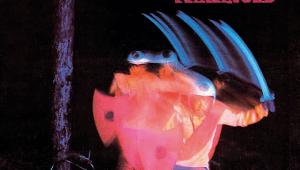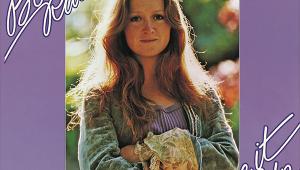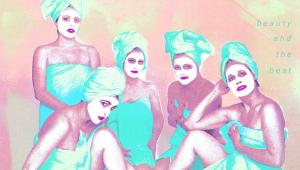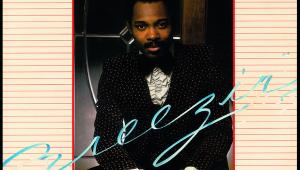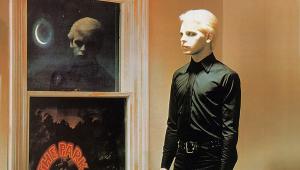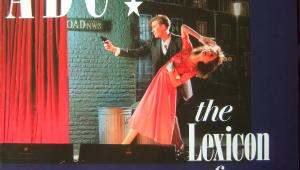Joan Baez Vol. 1
![]()
In July 1959, aged just 18, Joan Baez played at the first Newport Folk Festival at Freebody Park, Rhode Island, and created an instant reaction. Coming off the stage she was approached by newspapers, the student press and Time magazine, who all wanted to speak to the unknown teenager with the astonishing pure soprano voice and who had duetted on a few songs with singer, guitarist and banjo player Bob Gibson.
![]()
Writing for All Music, Bruce Eder said that at the time she looked, 'like the kind of co-ed every mother dreamt her son would bring home', but there was a lot more to her than that description would imply. And prior to this, American folk music had endured some troubled times.
Weaving A Tale
Five years earlier, Baez had been taken by her Mexican father and Scottish mother to see singer Pete Seeger, and she'd found it a moving and formative experience. Seeger was a figure of particular cultural importance. His group, The Weavers, had formed in 1948 and been at the forefront of the folk music revival in the US, scoring a No 1 hit in 1950 with their version of the American folk standard 'Goodnight, Irene', which had previously been recorded in 1933 by Lead Belly.
![]()
Folk numbers were the songs of working people, with many born from hardship and oppression, and so they tended to be associated with the political left. Seeger had been involved with The People's Songs organisation, which promoted 'songs of labor', and played union benefits. He had also been a member of the Communist party.
![]()
After the Second World War there was a widespread fear of communism in the US, which prompted the so-called Second Red Scare – also known as McCarthyism, after anti-communist senator Joseph McCarthy – and the attention soon turned to folk music. The Weavers were effectively blacklisted and Seeger had to testify before the House Un-American Activities Committee, narrowly escaping jail.
![]()
Out Of Sorts
In her memoir And A Voice To Sing With, Joan Baez recalled that in the ninth grade at high school in Redlands, California, she already felt an outsider due to her Mexican surname. She felt that the post-War arms race was 'a jingoistic crusade' and her opposition to it stemmed from her background of attending Quaker meetings with her parents, where non-violence was encouraged. Her father had also given up lucrative defence work and moved into academia.
'By the time I was 14 I had already formulated very strong feelings of what was right and wrong – that people were getting hurt when they shouldn't be hurt', she told The Guardian in 1984.
![]()
This feeling of isolation led Baez to concentrate on singing in the school choir. Although her voice was true, she felt it was as 'stringy as cheap cotton thread' and so developed her vibrato. Her first performance, at a school talent show, was nerve-wracking and her youthful stage fright could give rose to chronic physical symptoms.
Baez began eleventh grade at Palo Alto High School and had a moment of epiphany when Martin Luther King Jr visited as a guest speaker. She has recalled how she was moved to tears by his speech, which addressed civil rights and non-violence, and felt less alone, more part of a growing movement.
